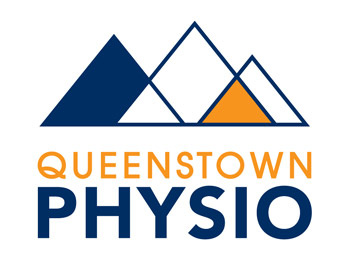Optimising Injury Healing – Exercise
Soft tissue damage comes about through a traumatic event such as a kick, a sudden forceful action, over-stretching or through overuse. The injured area then goes through a healing process, which is divided into three broad but overlapping phases: inflammation, repair and remodelling. It is important to be aware of these stages of healing to understand what exercise/s may be helpful, or harmful, at each stage.
Inflammatory Phase (acute)
The goal during this stage is to prevent disruption of the new tissue formation, and to avoid prolonged inflammation and disturbance of new blood vessel and collagen production. This is where the principal of R.I.C.E comes in:
- R= restrict activity to allow the healing process to begin for 48-72hrs
- I= ice should be applied for 15-20 minutes every 60-90 minutes
- C= apply compression such as an elastic bandage
- E= elevate the injured area to keep swelling to a minimum
After two days, gentle pain-free movement of the injured muscle or joint may be started. The injury will be stabilising and the movement will help to stimulate the healing process without causing further damage.
Repair Phase (sub-acute)
During this phase the body produces new tissue to fill the gap caused by the injury, which leads to formation of a scar consisting mostly of collagen fibres. Resiliency of this new tissue is low. Repair of the weakened injury site can take up to 6-8 weeks if the proper amount of restorative stress is applied, or longer if too much or too little stress is applied. The goal with exercise during this stage therefore is to balance gradually applying low load stresses to allow increased collagen synthesis and prevent loss of joint motion or formation of adhesions, whilst avoiding disruption of the newly formed collagen fibres.
Remodelling Phase (late stage)
This phase starts from between 6 and 12 weeks and continues for months. The collagen fibres that have been laid down now undergo remodelling which strengthens them. Progression of exercises stretches, strengthens and stresses the new scar tissue, which stimulates additional new tissue to help strengthen and support the healing tissue until it meets the demands of your normal exercise or physical function. Progressive tissue loading also allows improved collagen fibre alignment and fibre hypertrophy.
Progression from one phase to the next depends on many factors including extent of tissue damage, age, co-existing health issues and your specific needs and demands of sport and work. Your physio is an expert in the diagnosis and management of soft tissue injuries and the best technique for your specific injury and phase of healing.



